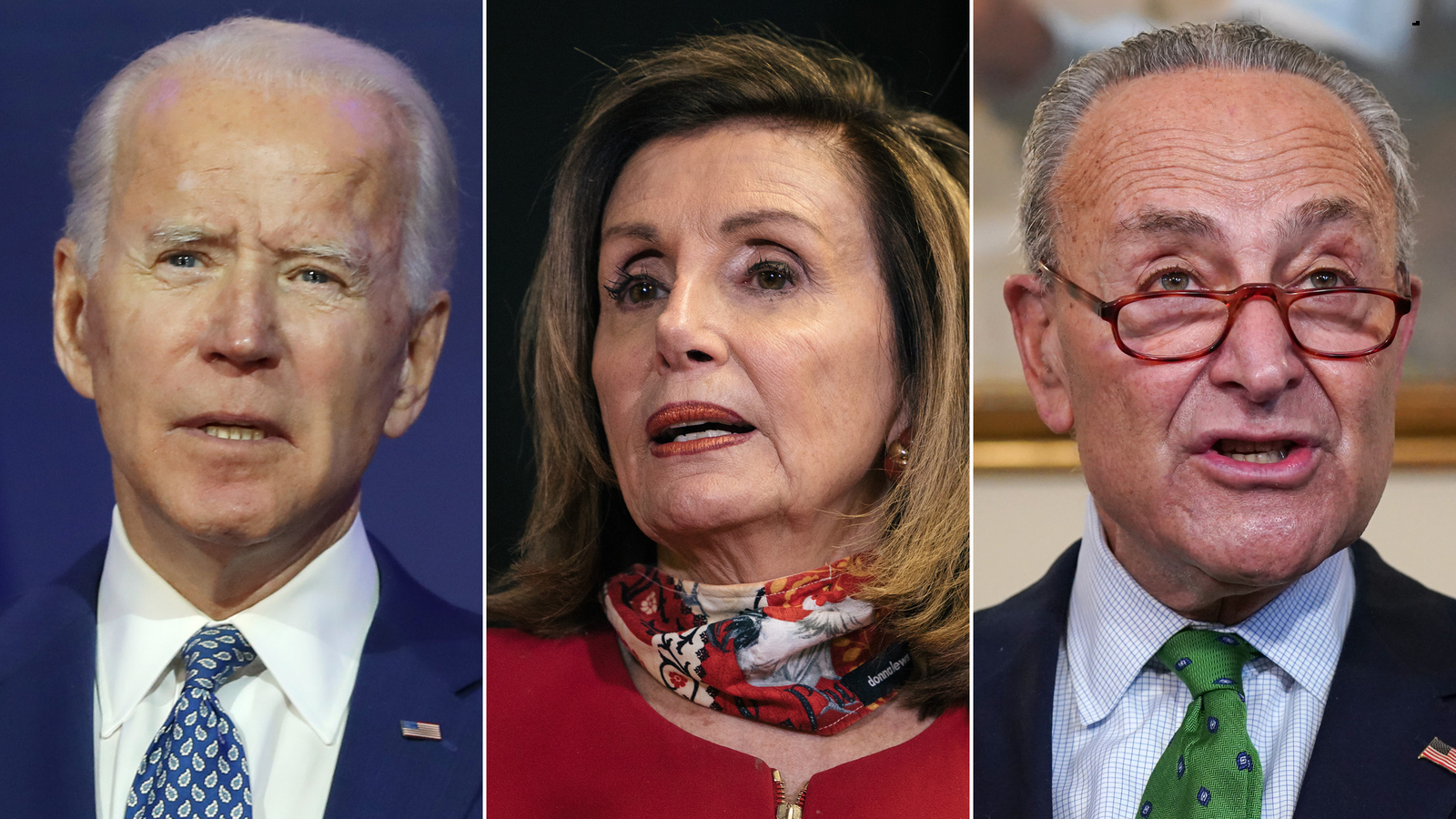As America inches closer to the 2022 midterms, there are more and more data points indicating Republicans are on track to score big in Congress next year, likely taking back the House and possibly the Senate. Democrats, on the other hand, with President Biden’s growing unpopularity weighing down his party, are on track to lose big.
The “congressional generic ballot” question is a polling method used to generally ask voters which party they’ll be voting for in the midterm elections. It’s a national barometer of what amounts to 435 localized congressional district races. The last time Republicans were this far ahead was 2014, a year they cleaned up in the House and Senate.
The numbers raising some eyeballs this morning come from Quinnipiac, a pollster which often underestimates GOP support:
Americans were asked, if the election were held today, would they rather see the Republican Party or the Democratic Party win control of the United States House of Representatives. Forty-six percent say they would rather see the Republican Party win control, while 43 percent say the Democratic Party, with 11 percent not offering an opinion. In September, 42 percent said the Republican Party, 45 percent said the Democratic Party, and 14 percent did not offer an opinion.
Today’s number gives the GOP a 46 to 43 percent advantage over Democrats. That small three-point gap doesn’t look like much, but consider the polling average and results from 2014, where Democrats were behind by a similar number on average:
Polling Data (2014 Midterm Average, RealClearPolitics)
| Poll |
(R)
|
(D)
|
Spread |
|---|---|---|---|
| Final Results | 51.4 | 45.7 | R +5.7 |
| RCP Average | 45.6 | 43.2 | R +2.4 |
While we’re at it, here are the 2010 numbers as well, for comparison sake:
| Poll |
(R)
|
(D)
|
Spread |
|---|---|---|---|
| Final Results | 51.6 | 44.8 | R +6.8 |
| RCP Average | 50.7 | 41.3 | R +9.4 |
In 2010 and 2014, the GOP led on the generic ballot question, whereas Democrats led handily in 2018:
| Poll |
(D)
|
(R)
|
Spread |
|---|---|---|---|
| Final Results | 53.3 | 44.9 | D +8.4 |
| RCP Average | 49.7 | 42.4 | D +7.3 |
The picture in 2022 is shaping up to be a much closer margin with the GOP likely ending up ahead at the end.
What’s driving this trend? Some of it is cyclical, the party out of power in the White House almost always does incredibly well in the first midterm election following the presidential election year. In 2006, following President Bush’s reelection, Democrats trounced Republicans and took back the House. In 2010, Republicans won huge and took the House back from Dems following President Obama’s victory in 2008. In 2014, the GOP again expanded control winning the Senate as well following Obama’s re-election in 2012.
At the moment, President Biden is sinking like a rock with all voters, even voters within his own party. His unpopularity will continue shedding onto his party in down-ballot races in 2021 and 2022. Terry McAuliffe, the Democratic candidate for Governor in Virginia is already feeling the heat and admitted recently that Biden is “unpopular in Virginia” which is going to mean Democratic turnout will suffer.
As Quinnipiac noted, a +3 advantage for Republicans isn’t huge, but it does portend bad omens for Democrats as they head into the Fall and then gear up for the election year of 2022. From the starting line, the GOP will have an advantage, and Biden’s weekly debacles and policy failures piling have only helped to dampen Democrat prospects even further.
Donate Now to Support Election Central
- Help defend independent journalism
- Directly support this website and our efforts
